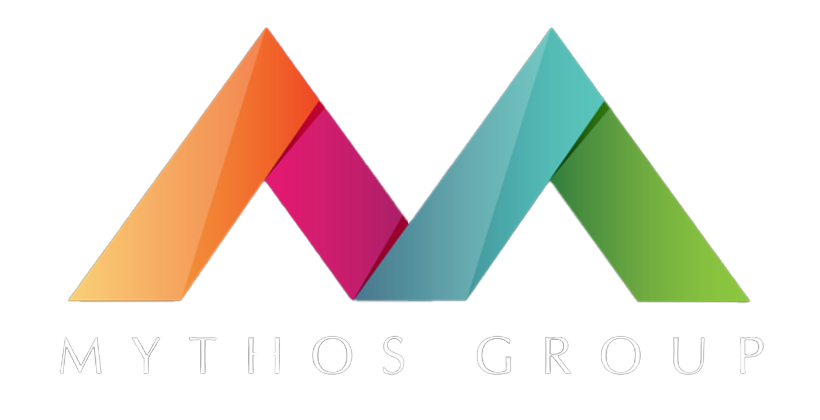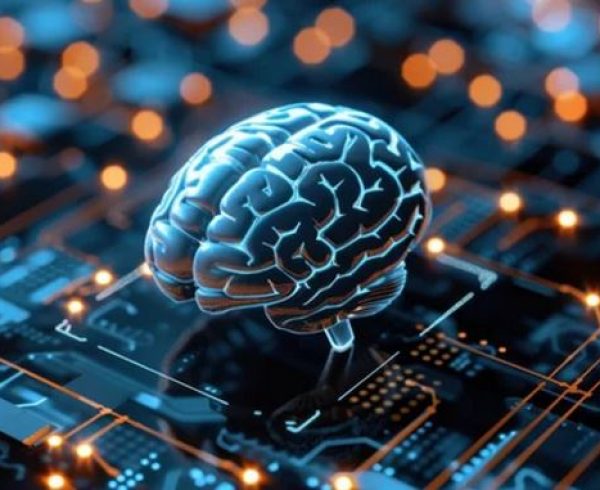Why Holistic Human Resources Transformation?
Holistic human resources (HR) transformation offers many advantages to forward-thinking organizations, committed to excellence. By integrating best practices in HR, fostering efficiency, and ensuring regulatory compliance, your organization can enhance employee satisfaction, boost productivity, and drive sustainable growth.
Through a holistic HR transformation, your company can streamline processes, optimize talent management, and create a more agile workforce. This approach enables you to align your HR strategies with your business goals, leading to improved performance in the market.
In addition, a socially sensitive HR transformation can facilitate a diverse and inclusive workplace, fostering innovation and creativity. By prioritizing the well-being of your employees and promoting a positive work culture, you can attract and retain top talent, ultimately driving long-term success.
With a holistic human resources transformation, your organization can position itself as a leader in the industry, driving positive change, and achieving sustainable growth in a rapidly evolving business landscape. Welcome to our first in a series of “Holistic Human Resources Transformation.”
The Problem With Silos
In today’s rapidly evolving business landscape, the role of human resources departments has transcended traditional administrative functions to become strategic partners in organizational success. However, many HR departments still operate within silos, with distinct functions such as recruitment, talent management, learning and development, and employee wellness functioning independently. This compartmentalization often leads to a lack of communication, which inevitably leads to inefficiencies, missed opportunities, and a fragmented employee experience. To thrive in the modern workplace, organizations must break down these silos and embrace a more integrated approach to HR.
The employee lifecycle is interconnected, dynamic, and fluid. Integrated HR functions should support this natural flow. Recruitment efforts should seamlessly transition into talent management. Learning and development initiatives should be aligned with organizational goals. And employee wellness should be integrated into the fabric of the company culture. By breaking down silos and integrating HR functions, organizations can foster synergy, collaboration, and a more holistic approach to human capital management.
One of the key benefits of integrating HR functions is the ability to leverage data and insights across the entire employee lifecycle. For example, recruitment data can inform talent management strategies. Learning and development initiatives can be tailored to address specific skill gaps identified during performance evaluations. Employee wellness programs can be designed based on feedback and engagement data. This data-driven approach enables organizations to make more informed decisions, optimize resources, and drive continuous improvement.
Several organizations have successfully embraced integrated HR models and reaped the rewards of a holistic approach. For instance, companies like Google, Netflix, and Adobe have implemented integrated talent management systems that seamlessly connect recruitment, performance management, learning and development, and compensation. Here are some examples from these three companies:
Google:
- Recruitment: Google uses data-driven insights to attract talent. Their recruitment process identifies candidates aligning with their culture and values.
- Performance Management: Google emphasizes continuous feedback and development. Managers have regular check-ins with employees, and performance evaluations are based on objectives.
- Learning and Development: Google invests in employee development, offering internal courses, workshops, and mentorship programs. The company encourages employees to spend 20% of their time, in addition to regular projects, working on what they believe will most benefit Google. This has resulted in several breakout projects including AdSense for content and Google News.
- Compensation: Google’s compensation is transparent and performance-based. Employees receive salaries, bonuses, and stock options.
- Succession Planning: Google identifies high-potential employees and prepares them for leadership roles.
Netflix:
- Recruitment: Netflix looks for those who excel. The company prioritizes performance over job titles to build a culture where roles are defined by skills and contribution, not simply seniority.
- Performance Management: Netflix encourages managers to have candid conversations with employees. They focus on results rather than processes.
- Learning and Development: Netflix promotes a culture of learning. Employees have access to resources like online courses and conferences.
- Compensation: Netflix offers competitive salaries and discretionary bonuses. They don’t follow traditional performance reviews.
- Succession Planning: Netflix believes in hiring externally for leadership positions. They value fresh perspectives.
Adobe:
- Recruitment: Adobe uses data analytics to identify the best sources for talent acquisition focusing on diversity and inclusion.
- Performance Management: In 2012, Adobe shifted from annual reviews to a continuous feedback system called “Check-ins.” Managers and employees now set goals collaboratively.
- Learning and Development: Adobe provides personalized learning paths. They offer courses, certifications, and opportunities for skill development.
- Compensation: Adobe’s compensation structure is competitive and rewards performance. They consider market trends and individual contributions.
- Succession Planning: Adobe identifies high-potential employees early and prepares them for leadership roles.
These organizations recognize talent as their most valuable asset with integrated talent management systems to enhance the employee lifecycle by connecting recruitment, performance management, learning, and compensation.
Integrated HR Technology
One of the most compelling aspects of integrating HR functions is the opportunity to harness the power of technology. Modern HR technology platforms offer comprehensive solutions that streamline processes, automate routine tasks, and provide real-time insights into workforce dynamics. For example, integrated HRIS (Human Resources Information System) systems allow organizations to manage employee data, recruitment, performance evaluations, learning and development, and employee wellness programs from a single platform. This improves efficiency and enhances transparency, collaboration, and employee engagement.
Furthermore, integrated HR technology enables organizations to personalize the employee experience and deliver targeted interventions based on individual needs and preferences. For example, AI-powered learning platforms can recommend personalized learning paths based on an employee’s role, skills, and career aspirations. Similarly, predictive analytics can identify early warning signs of employee disengagement or burnout, allowing organizations to intervene proactively and prevent turnover.
Modern HR technology platforms offer comprehensive solutions that streamline processes, automate routine tasks, and provide real-time insights into workforce dynamics. These technological advancements improve efficiency and enhance transparency, collaboration, and employee engagement.
For instance, imagine an AI-powered recruitment platform that uses natural language processing to analyze resumes, assess candidate fit, and predict performance. This technology accelerates the hiring process and might ensure a more objective, data-driven approach to talent acquisition. Additionally, advanced analytics tools can provide valuable insights into recruitment trends, candidate preferences, and the effectiveness of sourcing channels, enabling organizations to optimize their recruitment strategies and attract top talent.
Similarly, integrated learning management systems (LMS) leverage AI and machine learning algorithms to deliver personalized learning experiences tailored to each employee’s needs and preferences. These platforms can recommend relevant courses, modules, and resources based on an individual’s role, skills, and career aspirations. By empowering employees to take ownership of their development and acquire new skills at their own pace, organizations can foster a culture of continuous learning and innovation.
Predictive analytics can revolutionize talent management by identifying high-potential employees, predicting turnover risks, and highlighting opportunities for career development and advancement. By leveraging data-driven insights, organizations can make more informed decisions about talent allocation, succession planning, and leadership development, ultimately driving performance and retention.
Meeting The Challenges Of HR Transformation
However, integrating HR functions and leveraging new technologies has its challenges. Organizational culture, legacy systems, and resistance to change can hinder progress and impede collaboration. Therefore, successful integration requires visionary leadership, effective change management, and a commitment to cultural transformation. Organizations must invest in training and development programs to upskill HR professionals and equip them with the knowledge and tools needed to thrive in the digital age.
In conclusion, breaking down silos and integrating HR functions is imperative for organizations seeking to stay ahead in today’s competitive landscape. By embracing a more holistic approach to human capital management and harnessing the power of technology, organizations can attract, develop, and retain top talent, drive innovation, and achieve sustainable growth. Mythos Group. specializes in helping organizations navigate the complexities of HR transformation. We help organizations worldwide to use new technology in synergy with human resources. Let us help you achieve your strategic objectives. Contact us today to learn how we can help your organization unlock its full potential and thrive in the new era of work.







